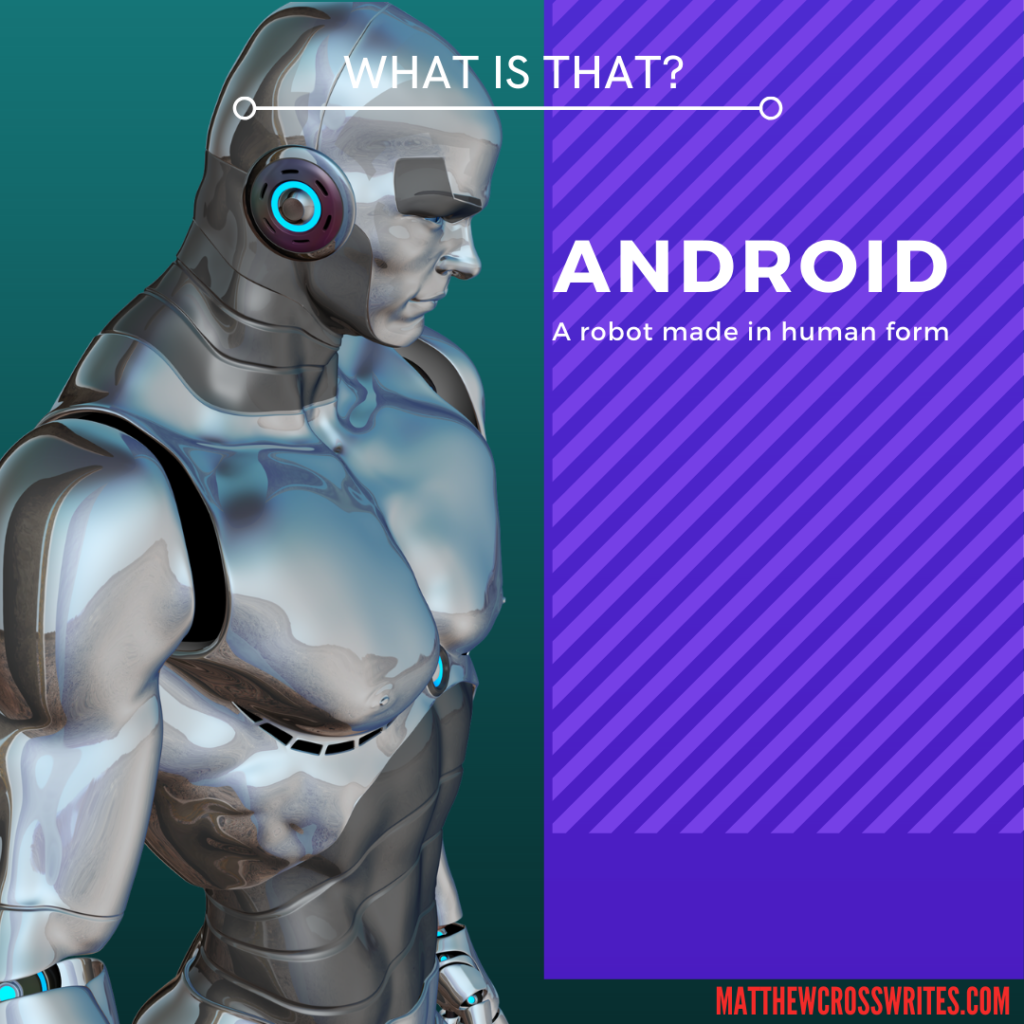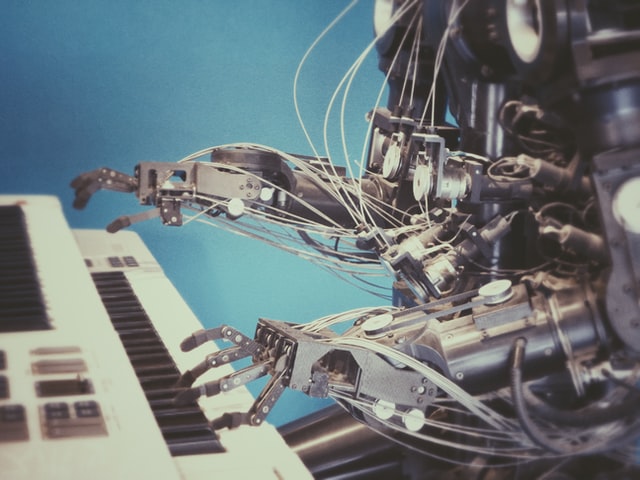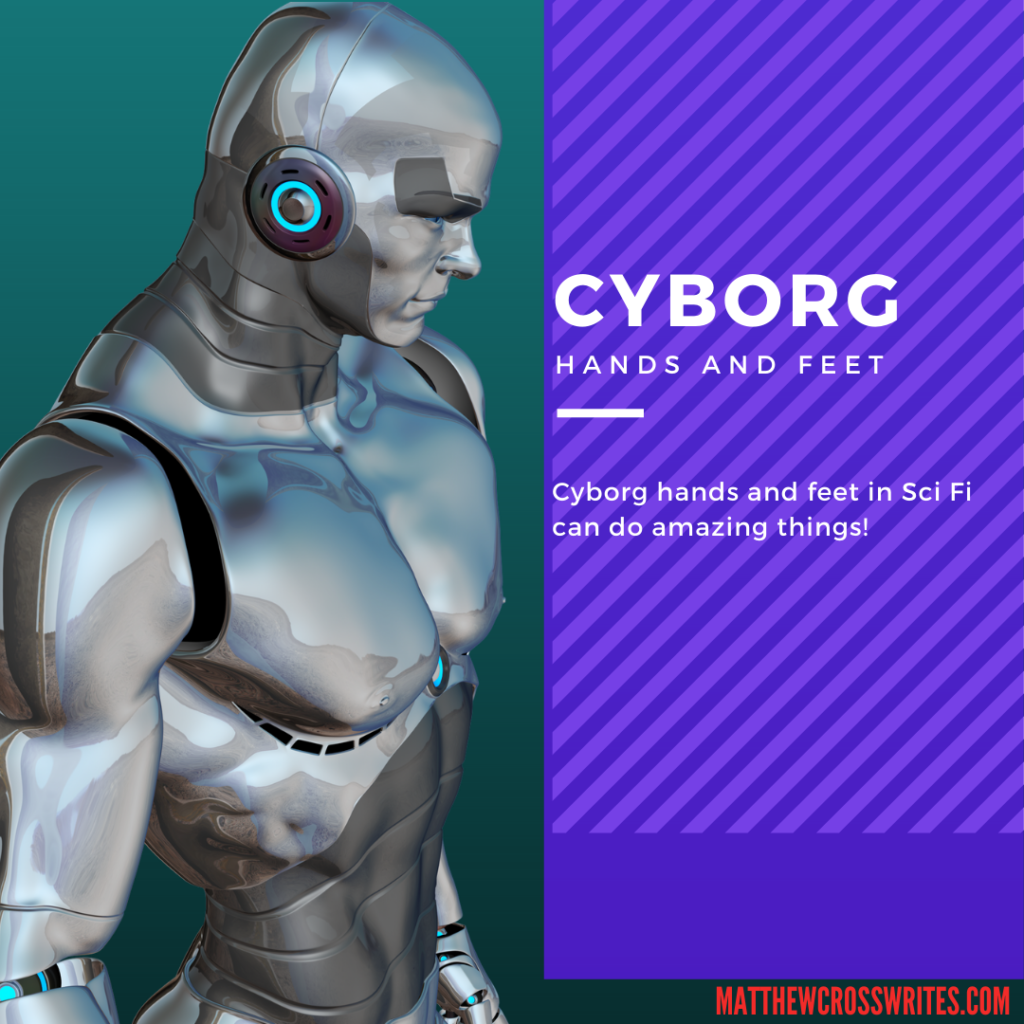
Today is Wednesday, so it’s time for our regular feature What is that? Here’s today’s term:
Android – a robot made in human form or with a human appearance
Robots can come in any shape or size. An android is a robot with a human shape.


Scientists, engineers and Sci Fi writers realize that human-shaped robots can be especially useful. For example, if you want to build a robot that can drive a standard car, the ideal robot is shaped like a human. It will have feet to push the pedals, two hands to turn the steering wheel and shift gears and it will fit easily in the car seat. A robot with human-shaped hands can also use all the tools made for humans.
That means a well-made android can do anything a human can do. And that is much more useful than a round disc-shaped robot that can only sweep the floor.
What is the difference between a cyborg and an android?
Sometimes I still confuse the terms cyborg and android. In last Wednesday’s What is that?, I wrote about cyborgs, which are humans comprised of both natural, organic parts and mechanical parts. In comparison, an android is a robot–usually made of entirely mechanical and electronic parts–but shaped like a human.
You can cover an android with human-like skin and hair, but if the “brain” is still a computer, it’s still an android.
I think about it like this. If a creature starts as human and you add mechanical parts, it’s a cyborg. If a an object is a robot–a machine–and you shape it like a human, it’s an android.
I think that a cyborg–which starts human–remains a cyborg as long as it still has a human brain. I also think an android, which starts as a machine, also remains an android no matter how many human or human-like parts you add, as long as it has a computer operating system at its core. So you can cover an android with human-like skin and hair, but if the “brain” is still a computer, it’s still an android.
Scif Fi novel Cinder compares cyborgs and androids side-by-side
Cinder, by Marissa Meyer, is filled with cyborgs and androids. The title character, Linh Cinder, is a cyborg with a mechanical hand and foot and “optiobionics” in her head that show lights and words across her vision. Cinder, a licensed mechanic, repairs androids and other machines in her marketplace stall.

The book begins with Cinder, surrounded by android parts, removing her own mechanical foot, which she has outgrown. Her android, Iko, finds her a replacement foot.
“She tightened the last screw and stretched out her leg, rolling her ankle forward, back, wiggling the toes. It was a little stiff, and the nerve sensors would need a few days to harmonize with the updated wiring, but at least she wouldn’t have to limp around off-kilter anymore.”
In the same chapter, Prince Kai visits Cinder’s marketplace stall. He brings her an android, a robot that served as his childhood tutor, for Cinder to repair.
“Cinder reached for the android and pulled it to her side of the table. ‘What seems to be wrong with the android, Your Highness?’
“The android looked like it had just stepped off the conveyer belt, but Cinder could tell from the mock-feminine shape that it was an outdated model. The design was sleek, though, with a spherical head atop a pear-shaped body and a glossy white finish.”
. . . .

“‘Tutor8.6 model,’ she said, reading the faintly lit panel inside the plastic cranium. The android was nearly twenty years old. Ancient for an android. ‘She looks to be in pristine condition.’
“Raising her fist, she thunked the android hard on the side of its head, barely catching it before it toppled over onto the table. The prince jumped.
“Cinder set the android back on its treads and jabbed the power button but nothing happened. ‘You’d be surprised how often that works.'”
Design your android!
If you built an android, what features would you include?
- Would you build it in the exact shape of a human or give it treads, like the androids in Cinder?
- Would you allow its mechanical parts to show or cover it in a synthetic skin?
- Would you hide secret tools inside or give it only human-like parts and features?
Please post your comments below.
Be stellar!
Matthew Cross



